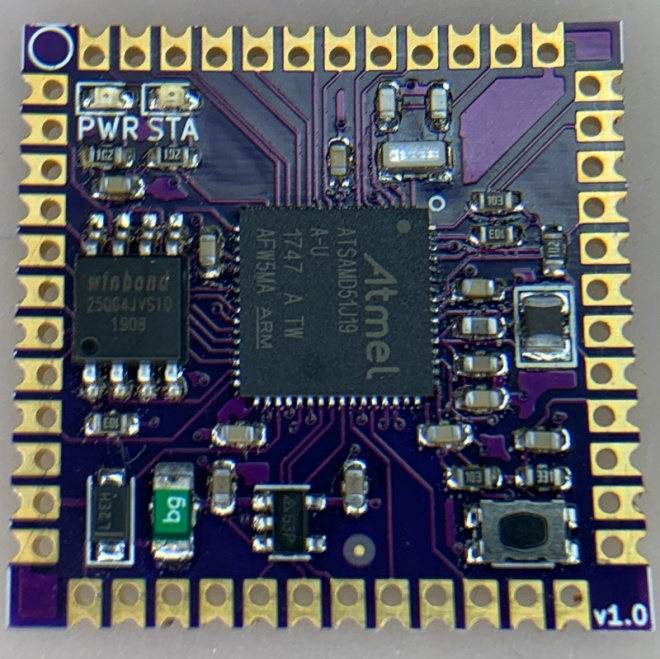
Kevin Neubauer has designed a System-on-Module (SoM) to make it easy to embed Circuit Python in project:
CircuitBrains Deluxe
I love Adafruit’s CircuitPython product line. The ability to just plug your board into USB, make code changes, and see them take effect in real-time is amazing. However, when it comes to finishing up a CircuitPython project, I felt limited in choice for a small form-factor, streamlined board. I always ended up creating my own boards. The overhead in doing this was huge though. You have to make sure your design has proper power, decoupling, and clock. Then you source all of the parts. After that you lay out the PCB and have it fabricated. When the PCB and parts arrive, you have to deal with finicky small-pitch surface mount assembly. Finally, you need to download the sources for the UF2 bootloader and CircuitPython and define your board, compile, and flash. This makes what should be a small project pretty time consuming and tedious!
https://twitter.com/kevinneubauer/status/1204808844293095424
Goals:
- Reduce barriers to entry for custom CircuitPython-based boards & badges
- Package CircuitPython into a small form-factor module that will add minimal dimensions to a parent project
Specs:
- Dimensions: 29 x 29 x 3.5 millimeters / 1.15 x 1.15 x 0.15 inches
- Atmel ATSAMD51J19A Microcontroller (32-bit ARM Cortex M4)
- 120 MHz
- 192 KB SRAM
- 512 KB Flash
- 8 MB SPI Flash
- Onboard 3.3V LDO Regulator
- Power and Status LEDs
- Breakouts for SPI and I2C
- Breakouts for 14 Analog and 19 Digital Inputs/Outputs


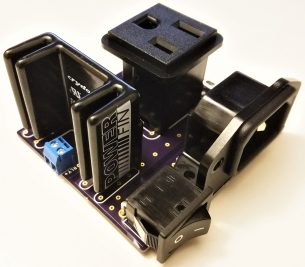
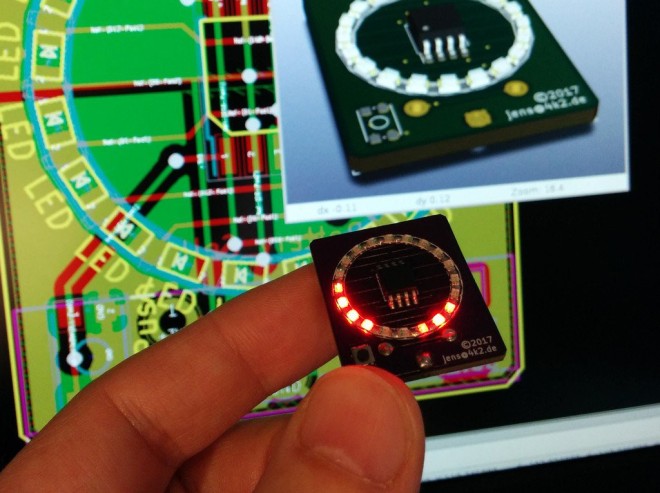




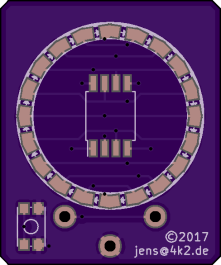

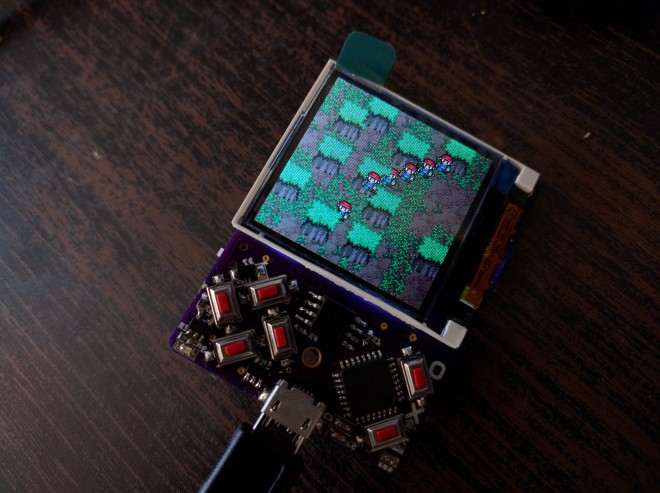





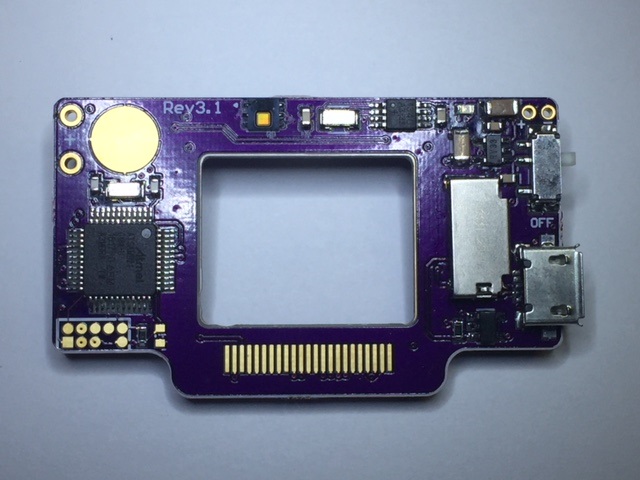

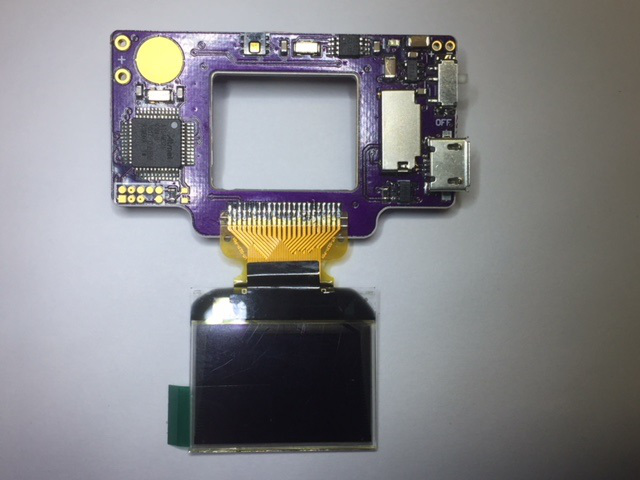
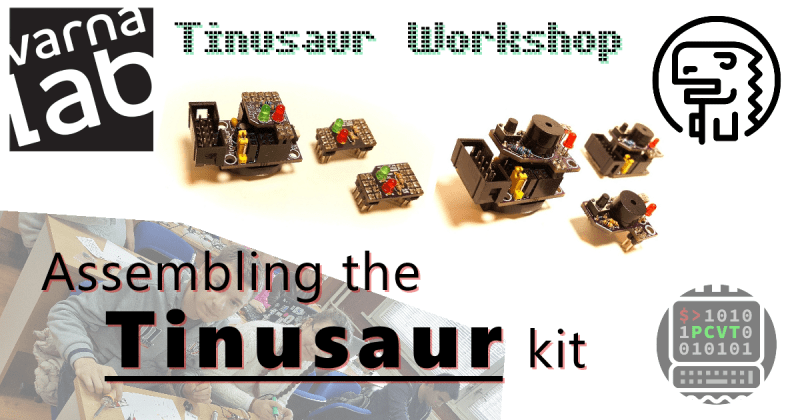


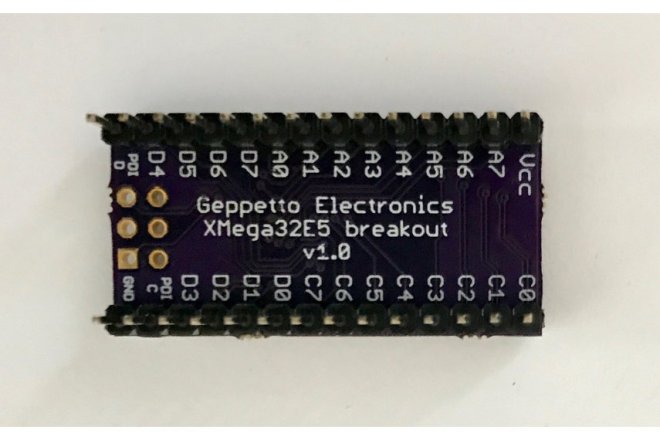
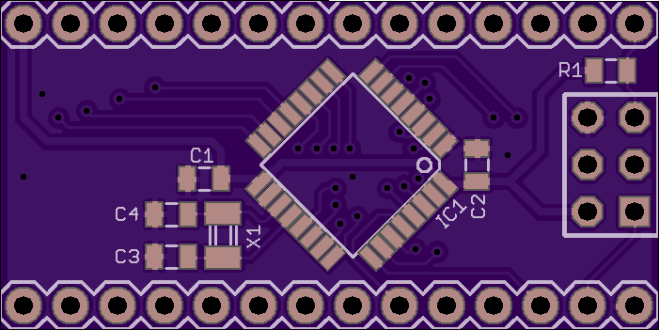
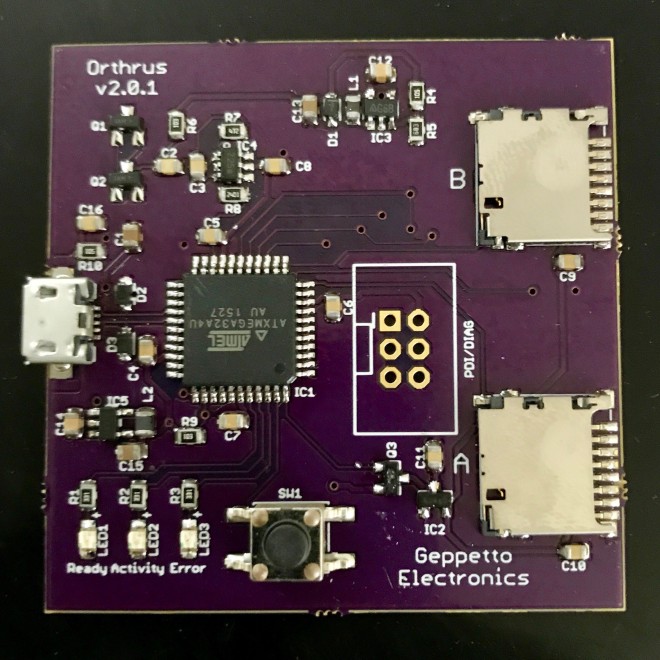




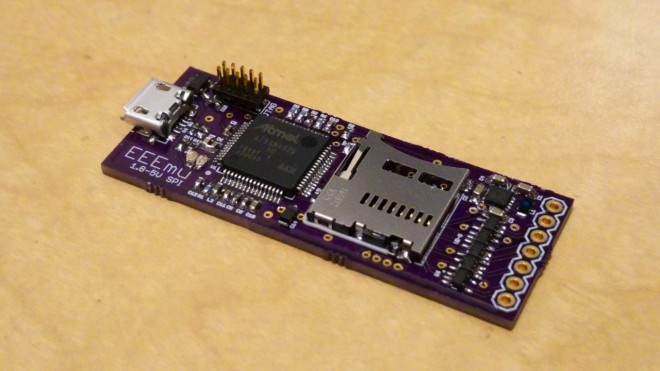
 EEEmu/Supported-Devices
EEEmu/Supported-Devices


